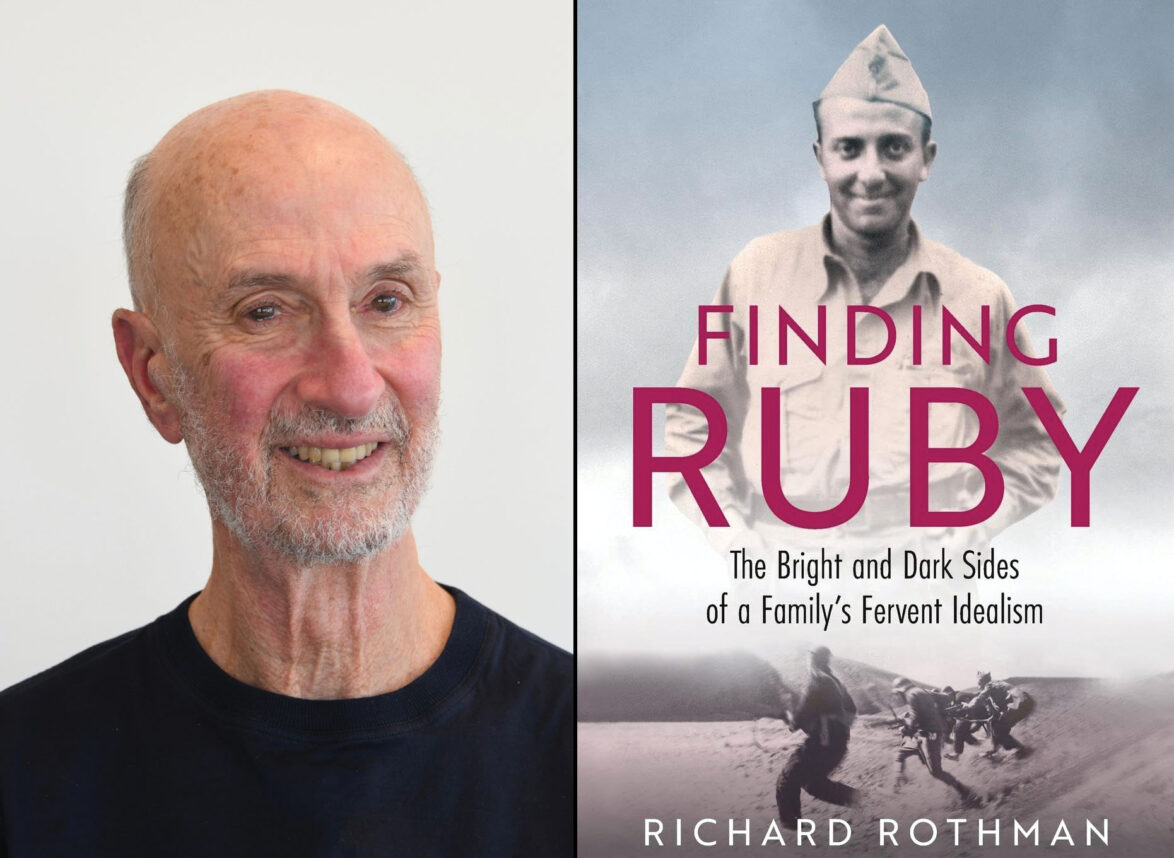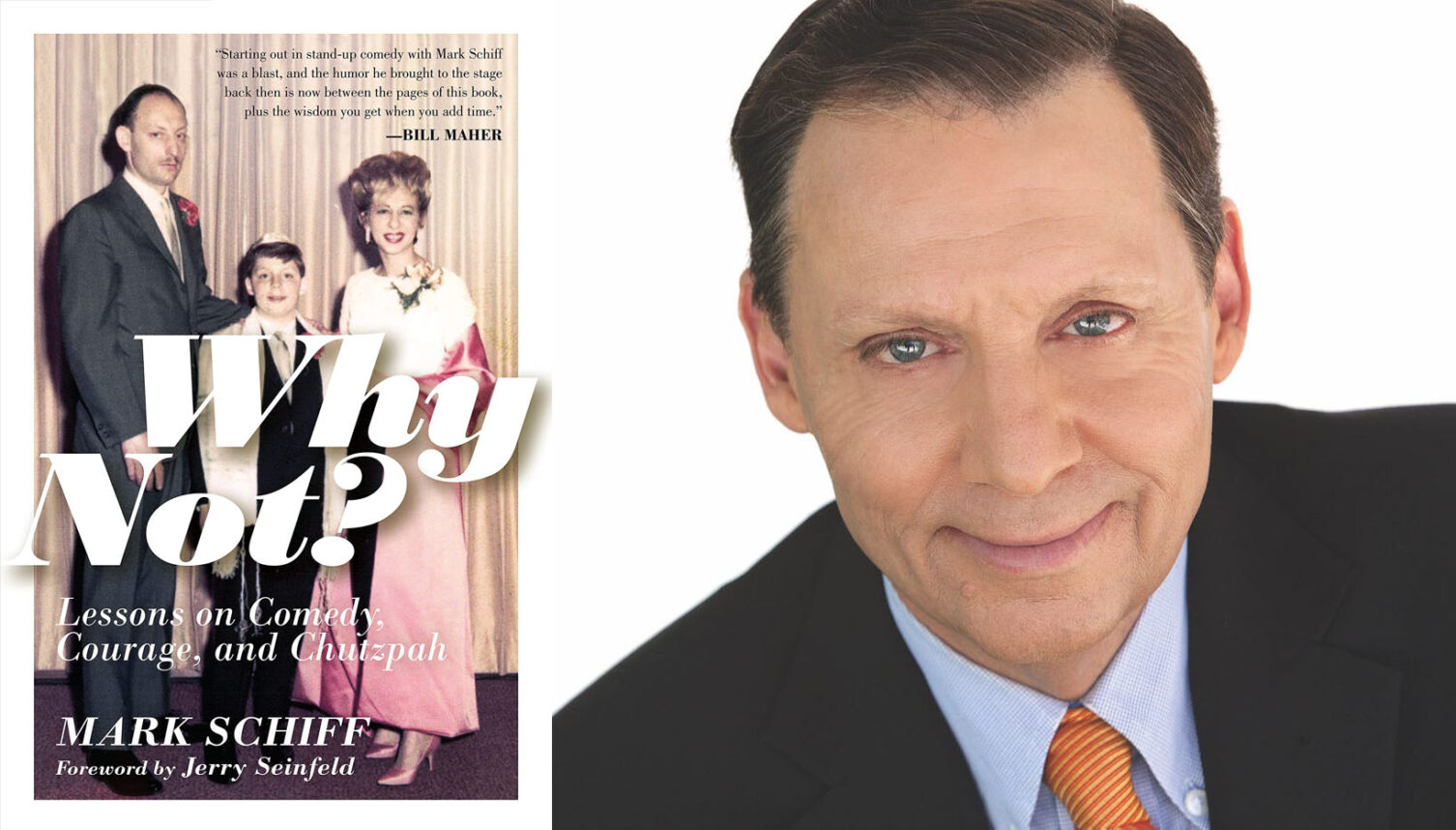Alisa, a 30-year-old Jewish divorcee, consumed 200 calories most days. But every few weeks, she repeatedly binged on gargantuan amounts of junk food, then purged by vomiting, swallowing diuretics and Ipecac. After several days, the mother of two usually landed in the hospital.
“I remember at one point thinking … ‘This is the one thing I want so badly, to be thin. So if it takes dying to get there, so be it,'” she says.
Alisa is one of several severely ill eating disorder patients profiled in “Thin,” the film debut of renowned photojournalist Lauren Greenfield. The raw documentary also profiles Polly, who slit her wrists after eating two slices of pizza; Brittany, a goth teenager determined to lose 40 pounds, and Shelly, who was force fed through a surgically implanted stomach tube for five years. Handheld cameras follow their rocky physical and emotional journeys at the Renfrew residential treatment center in south Florida.
The movie joins an expanding body of work on female dietary obsessions, including the PBS documentary, “Dying to be Thin”; Eve Ensler’s play, “The Good Body,” and Greenfield’s own 2002 book and exhibit, “Girl Culture.”
Her documentary focuses less on the complex causes of eating disorders than the Herculean task of recovery for patients who use food the way addicts use drugs. Polly, a shy psychiatric nurse, weighs in at 84 pounds, but blissfully talks about the days when she sucked food out of her feeding tube with a syringe. Brittany reminisces about the “chew and spit” game she used to play with her mother: “We’d buy bags and bags of candy and just chew it and spit it out. We just thought of it as a good time.”
During 10 intense weeks at the center, Greenfield learned that while societal pressures often trigger eating disorders, they are actually mental illnesses with grim statistics. Anorexia is the deadliest of all psychiatric disorders, according to the American Journal of Psychiatry, with mortality rates of up to 20 percent. No statistics exist on Jewish women, but experts say they may be particularly vulnerable, in part, due to more zaftig body types and the drive to look all-American (i.e. svelte).
All seriously ill patients are tough to treat: “Secrets and lies are a big part of eating disorders, because you have to hide your habits from friends and family,” Greenfield explains from her Venice, studio. “At Renfrew, women would clandestinely jog in place in the shower, or conceal weights in their clothing to cheat the scale.”
The center’s rules, therefore, are strict. When Polly arrives at the clinic, staff members promptly search her luggage and whisk away “contraband” such as cigarettes and prescription drugs. In another scene, the usually feisty Polly is obliged to eat a cupcake for her birthday, which she consumes slowly and with disgust. Afterward, she cries bitterly.
Alisa also appears pained when required to sketch a silhouette of herself, which she draws as an obese figure — though after a month at Renfrew she is healthily trim, with an uncanny resemblance to Natalie Portman. She traces her eating disorder to age 7, when her pediatrician declared her fat and she was placed on a 1,000 calorie per day diet.
On camera, she does not discuss how her Reform background fueled her disease, but she answered e-mailed questions through Greenfield.
“Alisa believes that Jews are a proud people; they are very concerned about self-image and there is a strong emphasis on education and money,” the director says. “She thinks that makes for more of a need to overachieve and be perfect, which can drive an eating disorder. So her sense is that being Jewish contributed a lot to her [illness].”
The filmmaker, who is also Jewish, relates to her subjects because she was once obsessed with the scale. At 12, she began physically comparing herself to the other girls at Camp JCA Shalom in Malibu and went on to become a chronic teenage dieter. At Harvard University, she “went on a crash diet and lost 26 pounds, in the process gaining so much confidence that I threw myself into my first serious relationship,” she says.
Eventually Greenfield — named one of 25 top photographers by American Photo magazine — dedicated much of her career to chronicling how the Barbie-doll culture scars women. But her 2002 book only touched upon the life-threatening topic of eating disorders, save for several pictures snapped at Renfrew. The artist remained haunted by one of a gaunt patient standing backwards on a scale so as not to see her weight gain.
In June 2004, Greenfield returned to Renfrew with cinematographer Amanda Micheli to further explore the subject, this time in a cinema verite-style film. But she found that earning patients’ trust proved difficult.
After many setbacks, Greenfield won them over by showing she would turn the camera off whenever she was asked to do so. Polly made the request while on a suicide watch, but changed her mind after the director spent the night talking with her. She allowed Greenfield to shoot her purging her breakfast the next morning, an act that is almost always done in secret and is forbidden at the center.
Alisa also purges on camera, but expresses a moment of hope during one group therapy session.
“For a fleeting moment I imagined a better life,” she says. “And maybe — pun intended — I can taste recovery.”
“Thin” will screen at the Sundance festival Jan. 19-29 and on HBO this fall.



































 More news and opinions than at a Shabbat dinner, right in your inbox.
More news and opinions than at a Shabbat dinner, right in your inbox.